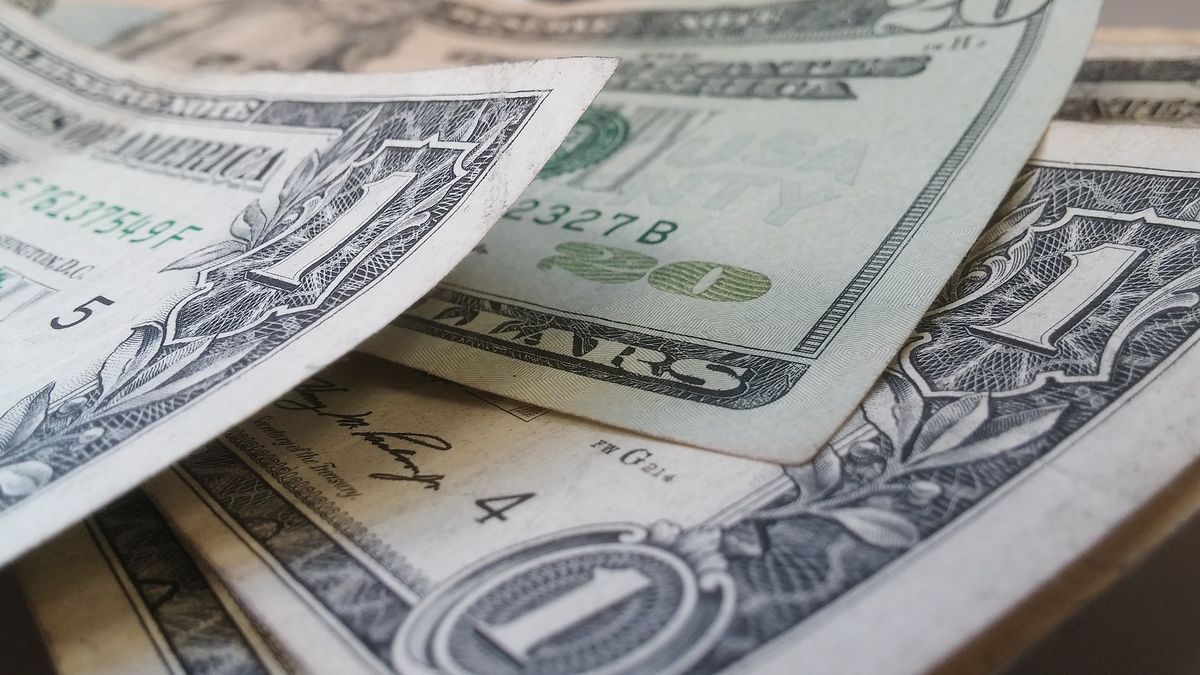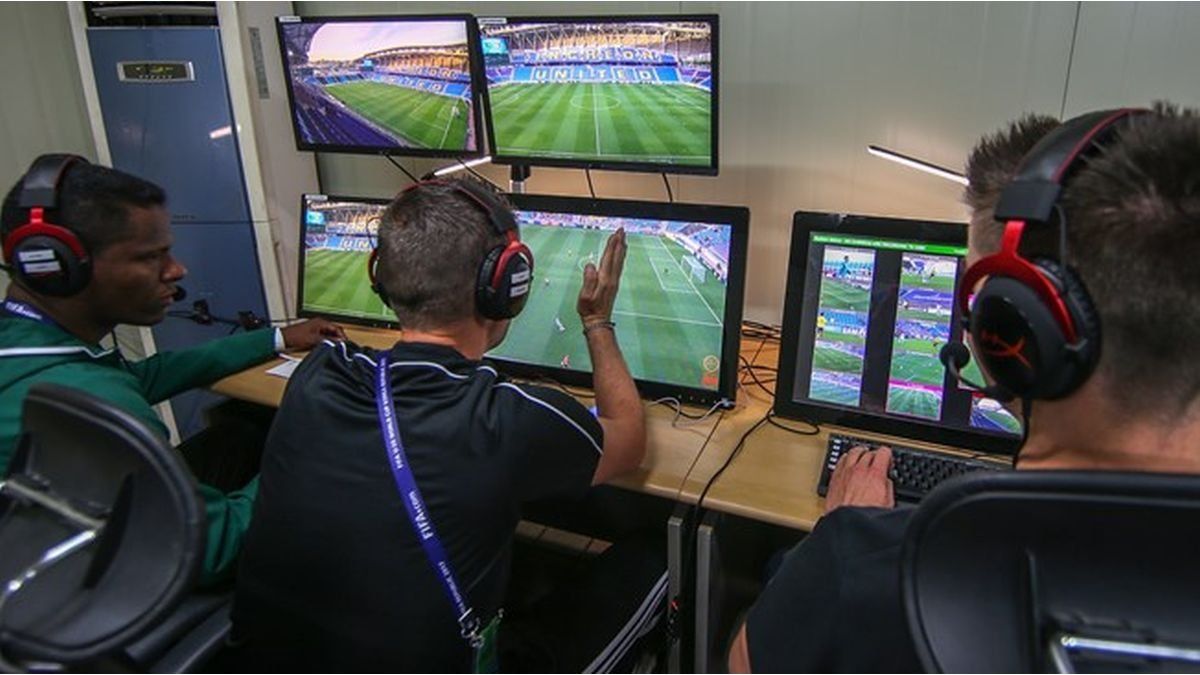Solid
Solid serial numbers are extremely rare and cost at least $ 500. A solid patterned dollar has the same number repeated in the serial number. Its value increases as the number increases. So, for example, a solid serial number of nines is more valuable than one with repeating two. In fact, solid nines are the most valuable version because modern serial printing only goes up to 96,000,000. A buyer could pay even more if the serial number letters also match. The probability of getting one is 1 in 11,111,111 and its value is around $ 500.
Super repeater
In a super repeater, the first two digits of a serial number repeat throughout the sequence. Super repeaters, like most repeaters, vary greatly in value.
Some repeaters are not worth much, while others can cost hundreds of dollars. This shows that although they are rare, these types of dollars are not the rarest possible. Its value is around $ 100.
Super capicúa the radar
The super capicúa or super radar – that’s what they call it in English – is a subcategory of the capicúa banknotes. In it, the first and last digits coincide and six repeating numbers are interspersed. For example, 20000002 and 8455548. Interestingly, the probability of finding this type of banknote is similar to that of finding other rarities. Its value is around USD 80.
Repeater capicúa
a capicúa repeater is a combination of the capicúa and repeater serial numbers. In essence a capicúa repeater serial number has a repeating pattern in the first four and last four digits. Some examples are: 98899889, 72277227, etc. These numbers could also be binary dollar bills if the patterns imply one and zero. Its value is around $ 90.
Quadruple double
A double quad has a repeated number at the beginning and a different number at the end. Due to the specificity required for this particular serial number, dual quadrants are extremely rare. The range of values for this type of dollar bill is astronomical with some eBay sellers asking for $ 20 and others asking for $ 999.
Seven in a row
The seven in a row must have a repeating number without breaks. Thus, for example, 17777777 or 77777771 are examples of this type. Since serial numbers are determined randomly, the probability of finding a dollar bill with seven matching numbers all in order is quite low. An eBay seller managed to impress even more, finding a twenty dollar bill with seven sevens all in a row. The probability of finding one is 1 in more than 555,000 and it can be sold for about $ 200.
Seven equals
a seven-of-a-good serial number has seven repeating numbers. It is quite a bit rarer than binary 01, as only 0.7% of dollar bills have this pattern. Five-figure dollar bills are also worth some money, but much less, between $ 20 and $ 30. The number seven is considered lucky in various cultures and religions, which could also influence its value. The odds of finding one are 1 in 138,889 and its value has reached $ 500.
Capicúa
A capicúa -or radar, in English- is a bill with a serial number that reads the same back and forth. The term radar itself is a palindrome, which is written the same upside down or backwards, hence it is called that in the United States. Although it only appears once in 10,000 banknotes, it is not considered rare by collectors compared to other serial patterns. However, capicúa notes were less common prior to 1958, so a note dated at that time might be worth a bit more. It pays around $ 25.
Repeater
A repeater is a ticket that has a serial number with any kind of repeating pattern. These patterns can include any type of numbers in any type of arrangement, as long as they meet the basic qualifications. Consequently, repeat bills are not very valuable because, although they are rare, they are much easier to come by. That said, they are still considered collectibles. Up to $ 100 has been paid.
Tracks
Binary serial numbers consist exclusively of the numbers one and zero. The value of a binary dollar depends on the pattern, and some collectors prioritize particular combinations over others.. In total, all binary dollars are worth some amount of money, as they are usually rare. Some collectors consider that two repeating numbers that are not one and zero are also binary, but most define these dollars as “repeaters.” They are not so rare, one appears for every almost 9,000 and can be worth between $ 10 and $ 50.
Source From: Ambito
David William is a talented author who has made a name for himself in the world of writing. He is a professional author who writes on a wide range of topics, from general interest to opinion news. David is currently working as a writer at 24 hours worlds where he brings his unique perspective and in-depth research to his articles, making them both informative and engaging.




